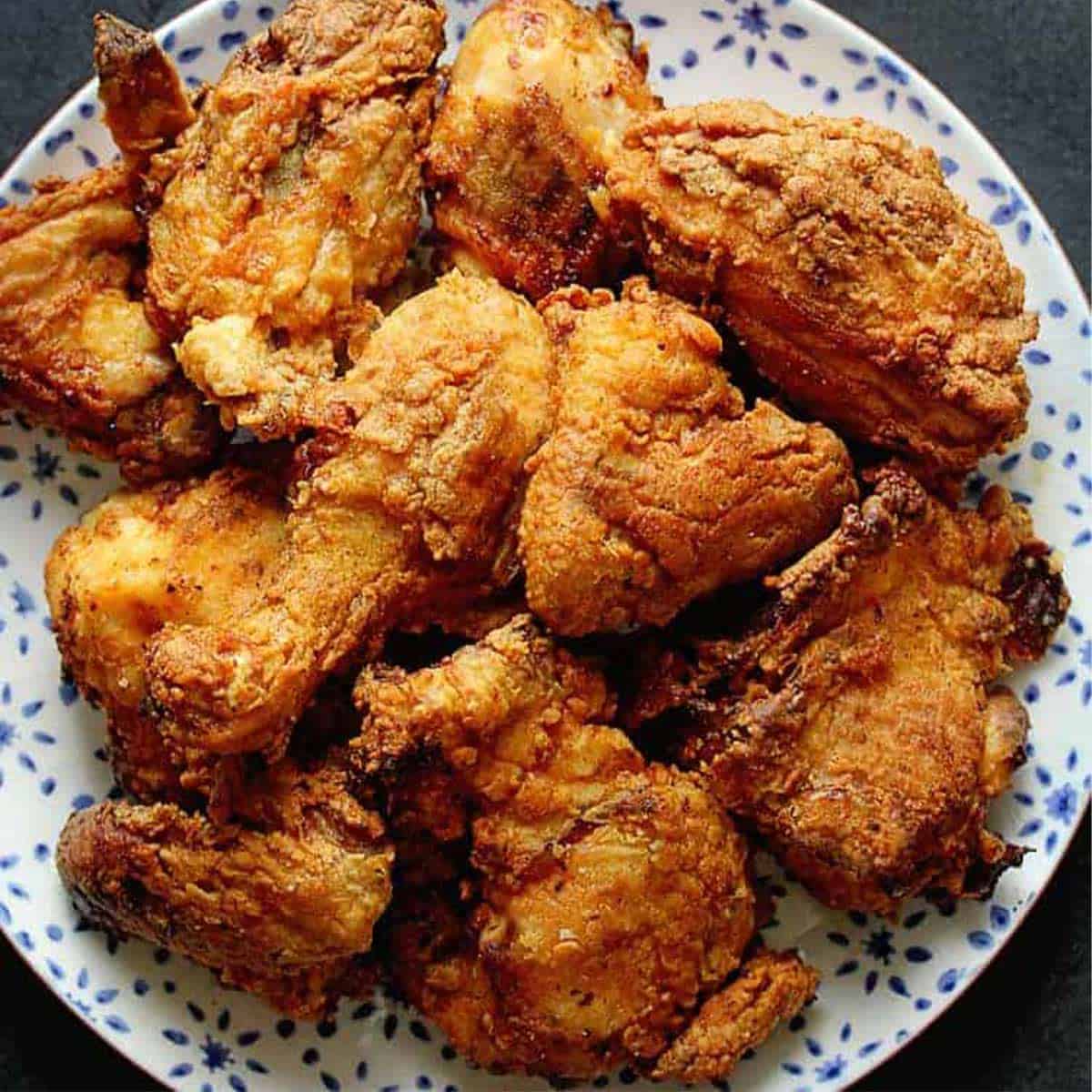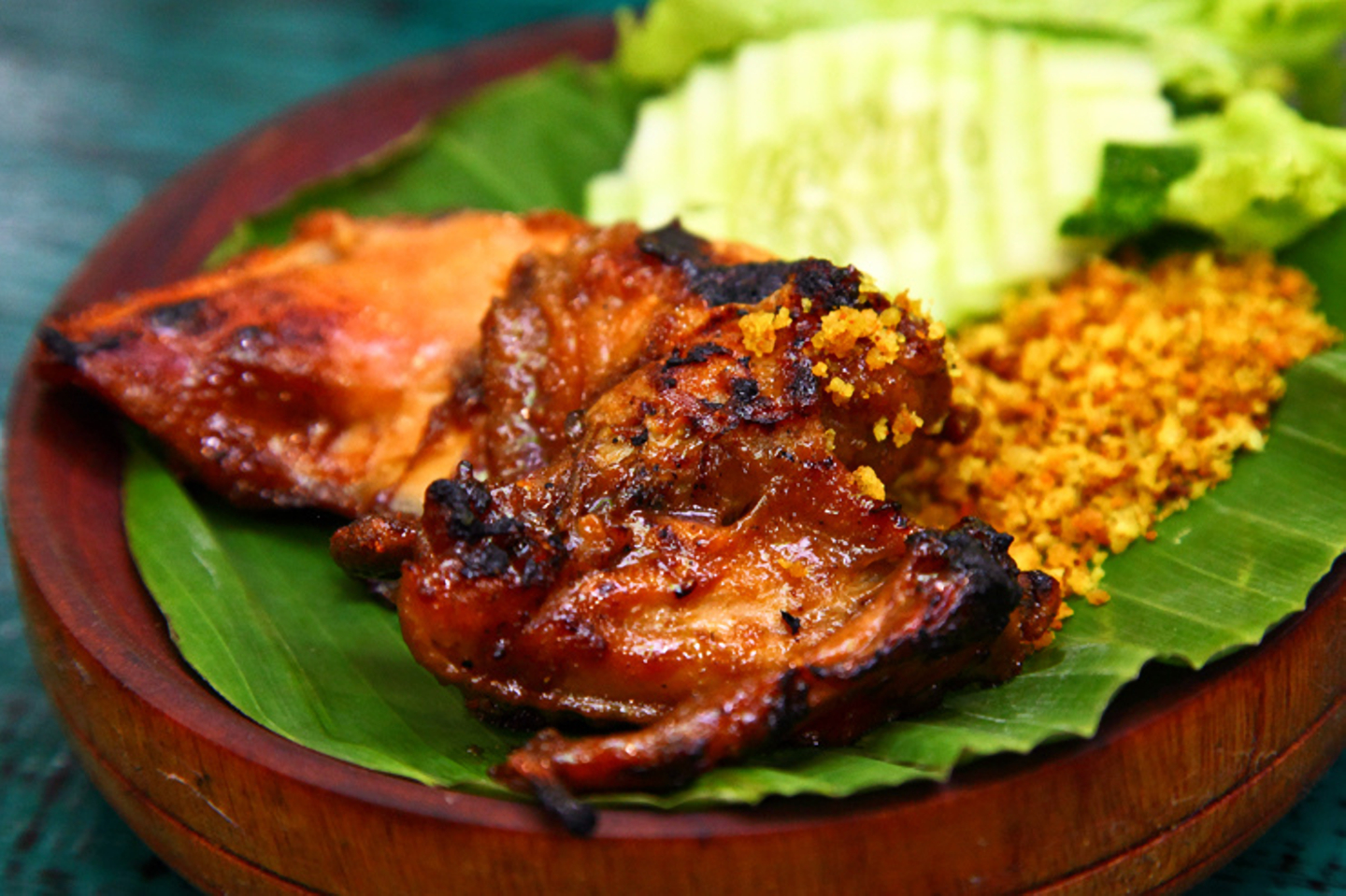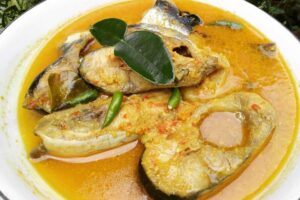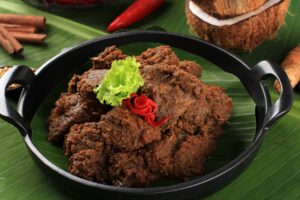Indonesia, a nation renowned for its cultural diversity and geographical vastness, boasts an array of culinary delights that reflect the unique traditions of its many regions. From the northern tip of Sumatra to the southernmost island of West Papua, each area offers a distinct flavor profile shaped by local ingredients, historical influences, and time-honored cooking techniques. This article delves into the world of Indonesian regional recipes, offering insights and inspiration for home cooks eager to bring the essence of Nusantara into their kitchens.
The Essence of Indonesian Cuisine
Indonesian cuisine is characterized by its bold use of spices and aromatic flavors. The interplay of sweet, salty, sour, and spicy elements creates a harmonious balance that defines many traditional dishes. Whether it’s the smoky char of grilled meats or the creamy richness of coconut-based curries, every bite tells a story of the land and its people.
One of the most iconic dishes in Indonesian cuisine is Nasi Goreng, a beloved fried rice dish that can be found in homes and street stalls across the country. Its versatility allows for countless variations, but the core ingredients remain consistent—fried rice seasoned with kecap manis (sweet soy sauce), garlic, chili, and a protein such as chicken, seafood, or egg. The dish is often garnished with a fried egg and a sprinkle of crispy fried shallots, adding texture and depth to the meal.
Another staple is Sate Ayam, or chicken satay. This dish features marinated chicken skewers grilled over charcoal, resulting in a smoky, tender texture. The marinade typically includes soy sauce, garlic, and a blend of spices like coriander and cumin. Sate Ayam is commonly served with a side of peanut sauce, which adds a creamy and nutty contrast to the smoky meat.

Signature Dishes from Different Regions

While Nasi Goreng and Sate Ayam are widely recognized, Indonesia’s culinary landscape is filled with lesser-known but equally remarkable dishes. One such example is Rendang, a slow-cooked beef curry originating from the Minangkabau region of West Sumatra. Rendang is known for its rich, complex flavor, achieved through a long simmering process that infuses the meat with a medley of spices including lemongrass, turmeric, galangal, and chili. The result is a tender, aromatic dish that is often enjoyed during special occasions.
In the island of Lombok, Ayam Taliwang stands out as a flavorful alternative to traditional satay. This dish involves marinating chicken in a paste made from red chili, shrimp paste, shallots, and tomatoes, then grilling it until it develops a slight char. The final product is a vibrant, spicy, and slightly tangy dish that showcases the island’s unique culinary identity.
Another notable dish is Gado-Gado, a vegetable salad from Java that is often considered a national favorite. The dish consists of boiled vegetables such as cabbage, green beans, and tofu, served with a peanut sauce that is both savory and sweet. The sauce is made from ground peanuts, garlic, chili, palm sugar, and tamarind, creating a rich and creamy dressing that complements the fresh vegetables.
Essential Tips for Cooking Indonesian Dishes

To truly capture the essence of Indonesian cuisine at home, it’s essential to pay attention to key elements such as:
- Use Fresh Bumbu: The foundation of any Indonesian dish lies in its bumbu (spice mix). Using fresh ingredients ensures that the flavors are vibrant and authentic.
- Choose Quality Ingredients: Opt for high-quality proteins and vegetables, especially when preparing dishes that rely heavily on the taste of the main components.
- Control the Heat: Many traditional Indonesian dishes require low heat to allow the flavors to develop fully. Patience is key, especially when preparing slow-cooked dishes like rendang.
Conclusion

Indonesian cuisine is more than just food—it’s a reflection of the country’s cultural heritage and regional diversity. By exploring and experimenting with these recipes, home cooks can not only enjoy delicious meals but also connect with the stories and traditions behind each dish. Whether you’re trying your hand at Nasi Goreng, Sate Ayam, or Rendang, the journey of cooking Indonesian food is as rewarding as the final dish itself.






